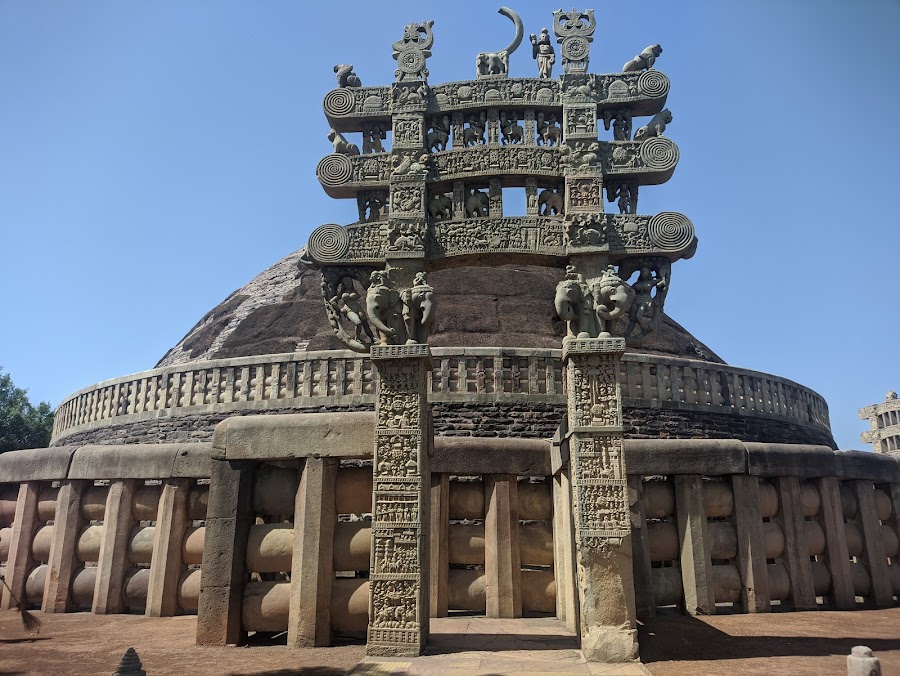
Ashoka Pillar
Sanchi, India
- Explore the Sanchi Stupa complex.
- Learn about Mauryan art and history.
- Meditate in the peaceful surroundings.
- Photograph the remaining pillar base.
- Visit the Sanchi Archaeological Museum.
Known for:
Description:
The Ashoka Pillar at Sanchi is a remarkable structure, a testament to Emperor Ashoka's conversion to Buddhism and his efforts to spread the Dharma. Though only the base remains standing, fragments of the pillar, including its iconic lion capital, are displayed in the Sanchi Archaeological Museum. The pillar once stood tall and gleaming, a symbol of imperial power and Buddhist principles. Its presence underscores the significance of Sanchi as a major Buddhist center. The intricate carvings and polished sandstone showcase the advanced craftsmanship of the Mauryan period. Visiting the Ashoka Pillar provides a glimpse into India's rich historical and spiritual heritage, making it a must-see for history enthusiasts and those interested in Buddhist art and architecture.
History:
Erected in the 3rd century BCE by Emperor Ashoka of the Mauryan dynasty, the Ashoka Pillar at Sanchi served as a potent symbol of his embrace of Buddhism. Following the bloody Kalinga War, Ashoka renounced violence and dedicated himself to spreading Buddhist teachings. He commissioned numerous pillars throughout his empire, inscribed with edicts promoting Dharma, peace, and compassion. The Sanchi pillar, originally a monolithic shaft of polished sandstone, stood near the Great Stupa. While the pillar itself suffered damage over time, its surviving elements, particularly the lion capital, provide invaluable insights into Mauryan art and religious beliefs. The pillar's inscriptions likely included Ashoka's edicts, further solidifying Sanchi's role as a significant Buddhist pilgrimage site.